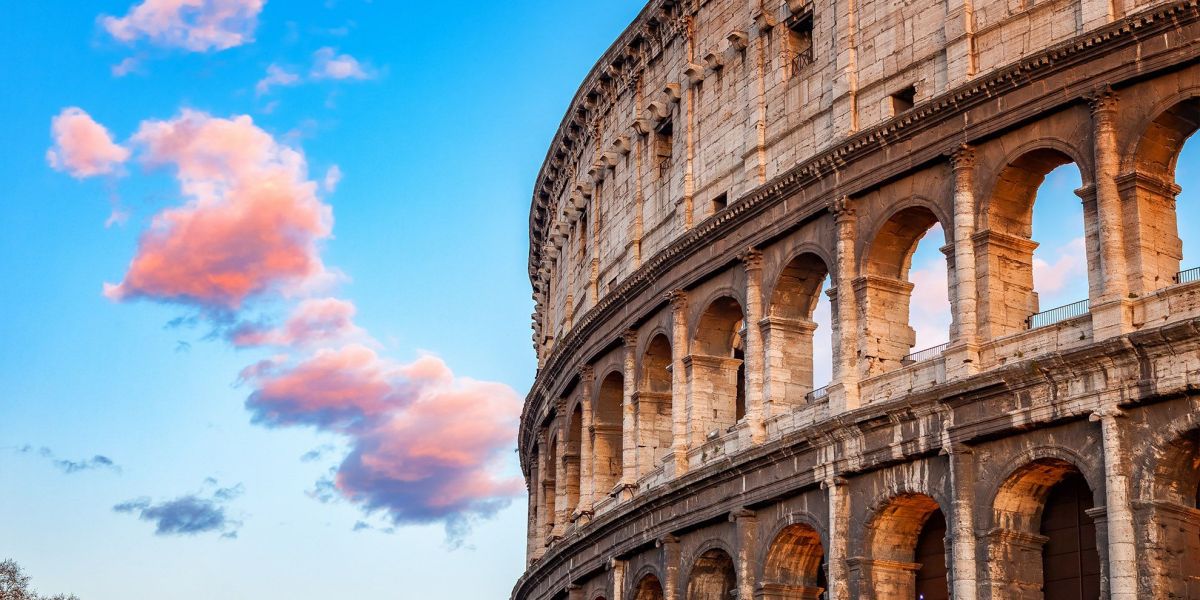Step Back in Time at Alexandria’s Roman Amphitheater
The Roman Amphitheater, located in Alexandria’s Kom El-Dikka area, is one of the most remarkable archaeological discoveries in Egypt. Dating back to the 2nd century AD, it once served as a venue for music, poetry, and philosophical debates during the Roman era, offering an authentic glimpse into the cultural life of ancient Alexandria — the Mediterranean’s intellectual capital.
This archaeological gem stands out among Egypt’s ancient ruins because it still feels alive. Visitors can walk through the 13 rows of marble seats surrounding the circular stage and almost hear the echoes of the ancient audience applauding performances. Whether you explore it through Alexandria day tours or as part of your Egypt travel packages, the Roman Amphitheater promises a magical fusion of history, architecture, and atmosphere.
A visit here is not just a journey back in time but also across civilizations — from the grandeur of the Roman Empire to the Byzantine period and into modern-day Egypt, where this historic treasure continues to shine as a proud symbol of Alexandria’s timeless heritage.
Hidden Secrets Beneath the Ancient Ruins

The history of the Roman Amphitheater is as fascinating as the structure itself. Its discovery was entirely accidental — in 1960, during construction work in Alexandria, workers uncovered an astonishing archaeological treasure. Beneath the ground lay a remarkably preserved Roman theater, complete with marble seating, elegant columns, mosaic flooring, and even underground chambers.
Soon after its discovery, the site was recognized as one of the most significant Roman remains in Egypt. Archaeologists believe the theater once hosted public performances, musical shows, and political meetings before later becoming part of a residential complex during the Byzantine era.
Travelers on Egypt adventure tours can explore these captivating layers of history — standing where Roman philosophers once spoke and seeing remnants of statues, pillars, and ancient tools left exactly where they were found.
The preservation of the amphitheater provides a rare opportunity to witness Alexandria’s transformation through the ages — from the Greek and Roman empires to the early Islamic period — making it a true living museum hidden beneath the city’s modern streets.
A Must-See Stop on Your Alexandria Day Tour
Every single person who visits Alexandria must put down the Roman Amphitheater as one of the main attractions. Most day tours cover the spots of the Roman Amphitheater and it's quite common to have it along with the Catacombs of Kom El Shoqafa, Pompey’s Pillar, and the Qaitbay Citadel as the main attractions at the same time.
Families on Egypt family tours are particularly fond of this site because it is open, safe, and very educational. The guides tell about Roman plays, ancient customs, and the city’s transformation throughout the years thus bringing the ruins to life. The stone tiers and the scattered columns give the photographers the chance to create the perfect historical background.
If you are traveling with the Egypt budget tours, then the amphitheater is one of the best-value experiences that you can take in Alexandria - it is cheap, central and full of history. For the luxury travelers, the private guides and the curated experiences can make your visit even more personal, as they will offer you exclusive historic insights and create routes that combine comfort with exploration just for you
Perfect Photo Spots Around the Amphitheater

Photography lovers are going to see the Roman Amphitheater as one of the most beautiful locations in Alexandria. The juxtaposition of the aged marble stairs and the contemporary city skyline forms a distinctive background. Go and visit early in the morning or at sunset to get the soft Mediterranean light bouncing off the ruins.
Moreover, families and tourists taking Egypt budget tours have also acknowledged the site’s convenience of access — it is opened throughout the year and situated in the Kom El-Dikka district which is merely a short distance from Alexandria’s Corniche. No matter if you are taking pictures for the sake of making memories or for posting on your travel blog, each and every spot is narrating a tale which for sure is worth to be shared.
Plan Your Visit: Tickets, Opening Hours & Travel Tips

The Amphitheater of Rome is situated in Kom El-Dikka, which is a widely-known area and very central, so it can be easily reached from most of Alexandria. It is possible to go there by taxi, private car, or hop on your Alexandria day tour.
Collaborate with me! I have everything you need to know:
-Opening Hours: 9:00 AM to 5:00 PM every day (open during national holidays only).
-Tickets: Cheap ones for all types of travelers at the entrance.
-Dress Code: Let your feet be comfortable enough for walking and climbing on uneven rocks.
-Best Time to Visit: Spring and fall have pleasant temperatures and thus are recommended for sightseeing.
-Tip: Early morning light is the best for making good pictures and there are less people around.
No matter if you are choosing Egypt travel packages or arranging a day trip by yourself, the Roman Amphitheater is a must-see that is well worth the time in any Alexandria itinerary.
Luxury travelers could have the privilege of private guided tours that come with the service of professional Egyptologists, while budget travelers in Egypt might still be able to see the site on their own but the experience will not be the same quality as the one enjoyed by the luxurious.
Combine the Roman Amphitheater with Other Alexandria Highlights
Your journey of discovery does not have to conclude at this point. The Roman Amphitheater is indeed surrounded by a number of the most prominent points of interest in Alexandria which allows you to easily immerse yourself in a full day of history and allure of culture.
You can discover even more if you only walk a few minutes:
-Pompey’s Pillar, a massive and magnificent monument from the same period.
-Catacombs of Kom El Shoqafa, an exquisite underground necropolis where Pharaonic, Greek, and Roman art mingle.
-Qaitbay Citadel, which is built on the very spot where the ancient Lighthouse of Alexandria once stood.
-The Bibliotheca Alexandrina, Egypt's new library and cultural center by the seaside.
If you include the Roman Amphitheater in your Egypt travel packages or Alexandria day tours, you will definitely see both ancient civilization's greatness and modern-day Alexandria's vibrancy. It does not matter if you choose Egypt adventure tours with a bit of exploration or Egypt luxury tours with personal service and comfort; the site will always add to your journey a feeling of discovery and wonder.


-webp.webp)
-webp.webp)

-webp.webp)



